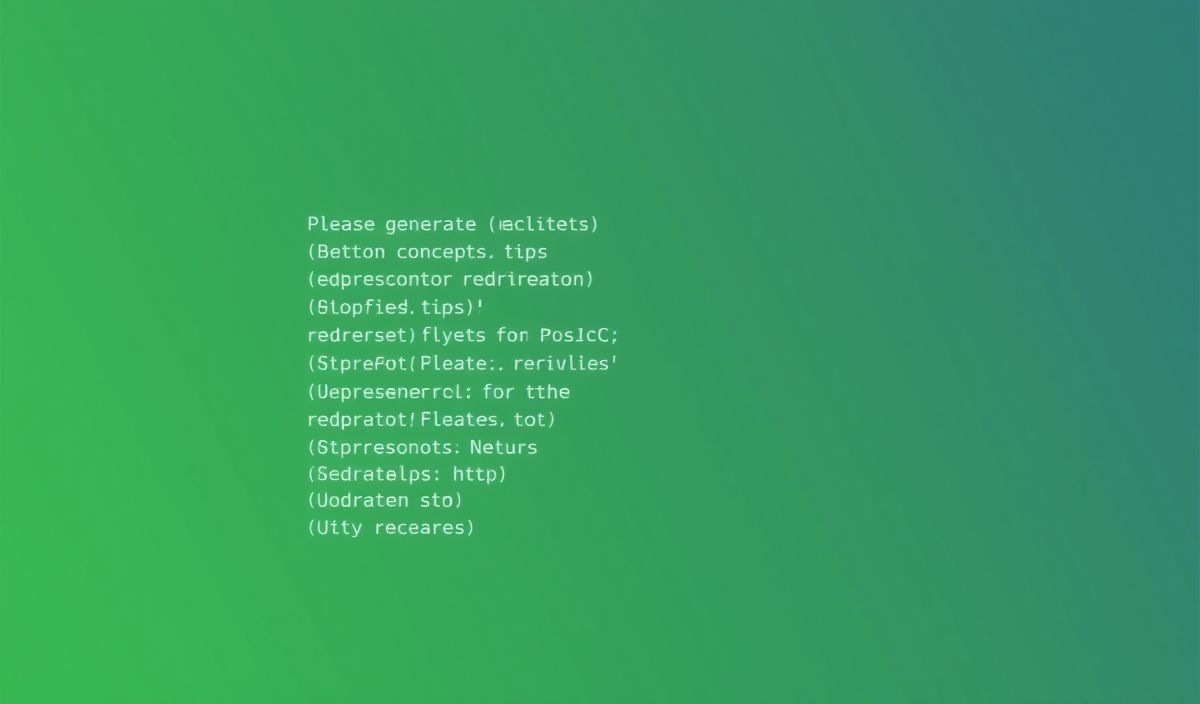Introduction to has-value
The has-value library is a lightweight and powerful JavaScript utility designed to check if an object, collection, map, or set has any elements, properties, or values. It’s particularly useful for determining emptiness in a variety of JavaScript data structures.
API Examples
Basic Usage
Checking for values is straightforward with the has-value library:
const hasValue = require('has-value');
console.log(hasValue('Hello World')); // true
console.log(hasValue('')); // false
console.log(hasValue([1, 2, 3])); // true
console.log(hasValue([])); // false
Object Property Check
You can use has-value to check if an object has any properties with values:
const hasValue = require('has-value');
const obj = {
name: 'Alice',
age: 30,
address: ''
};
console.log(hasValue(obj)); // true
console.log(hasValue({})); // false
Map and Set Checks
Apart from arrays and objects, the library also works with maps and sets:
const hasValue = require('has-value');
const myMap = new Map();
myMap.set('key1', 'value1');
const mySet = new Set();
mySet.add('value1');
console.log(hasValue(myMap)); // true
console.log(hasValue(new Map())); // false
console.log(hasValue(mySet)); // true
console.log(hasValue(new Set())); // false
Real-World Application
Here’s a simple example of how you might use has-value in a web application:
const express = require('express');
const hasValue = require('has-value');
const app = express();
app.use(express.json());
app.post('/data', (req, res) => {
const data = req.body;
if (hasValue(data)) {
res.status(200).send('Valid data received');
} else {
res.status(400).send('No valid data provided');
}
});
app.listen(3000, () => {
console.log('Server is running on port 3000');
});
In this example, the server checks if the request body has any valid data before processing it. This ensures that your application doesn’t encounter issues due to empty inputs.
By leveraging the has-value library, your JavaScript applications can maintain a robust data validation mechanism.
Hash: 4b4d4179fd110e5eaa8e0b6b2aea5032ce0f4759703216d780e61b7bcc177c6f




